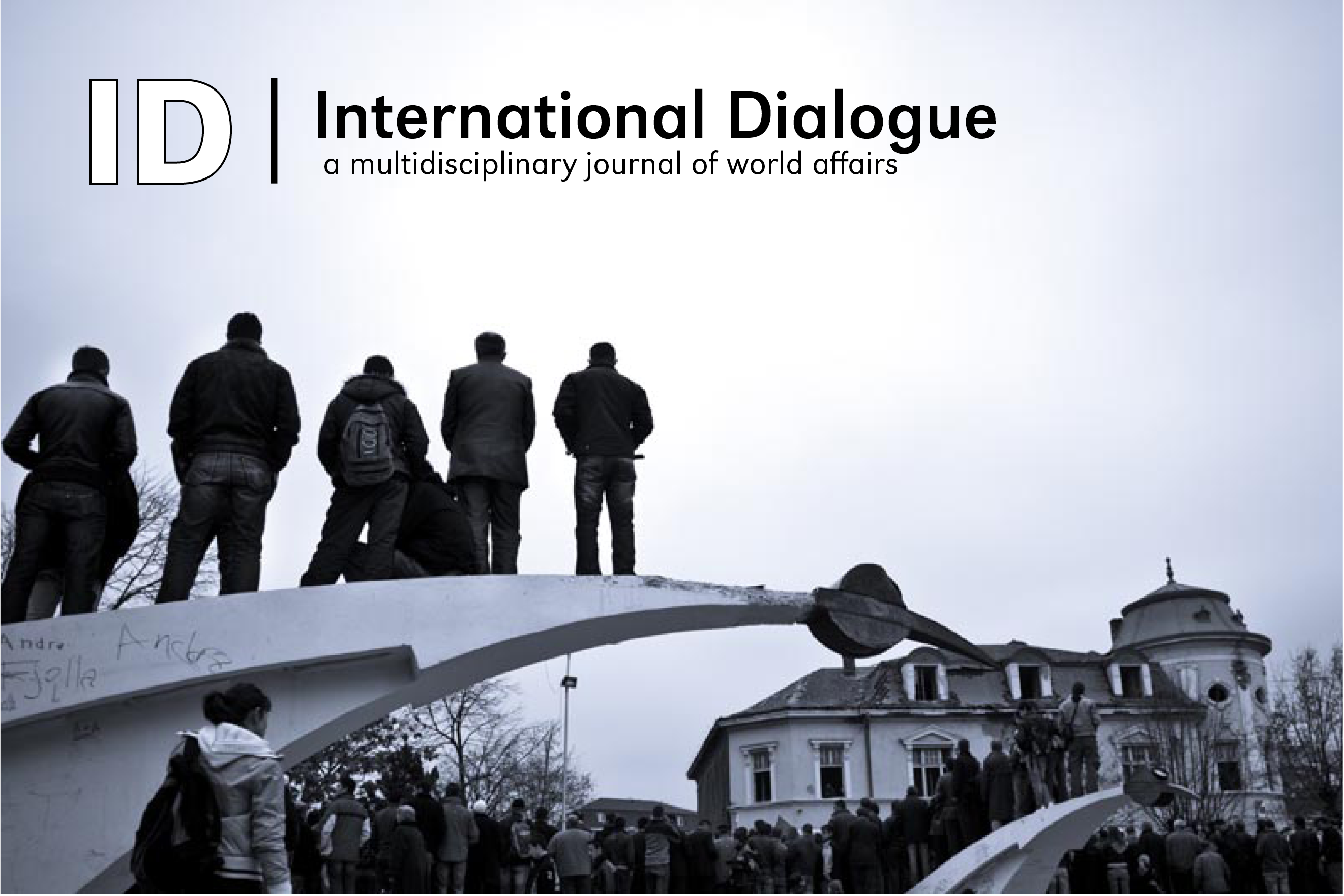International Dialogue

Abstract
Kia Lindroos and Frank Möller, the editors of this volume, raise a serious question: Can art increase political awareness either through witnessing itself or by creating witnesses in its audience? Wisely, the book does not attempt to provide a single, definitive answer to these questions; instead, the editors explain that they selected authors who examine aesthetic forms of expression, with the intention of an inquiry into an expanded idea of who is a witness. Beginning with the definition of witness from the Shorter Oxford English Dictionary on Historical Principles as someone “who is or was present, and is able to testify from personal observation,” the editors then briefly relate how each author departs from this standard definition. Lindroos and Möller have created a collection in which each chapter fits the theme of exploring art as a political witness, and yet, from Bruno Lefort’s “Achrafiyeh: The Politics of Fear in a Visual Representation of Lebanese Factionalism” to Sally Butler and Roland Blelker’s “Embodied Witnessing: Indigenous Performance Art as Political Dissent,” each chapter offers a fascinating viewpoint. And through these highly original essays, the notion of witness begins to be moved.
Recommended Citation
Metrick-Chen, Lenore
(2019)
"Art as a Political Witness,"
International Dialogue: Vol. 9, Article 11.
DOI: https://doi.org/10.32873/uno.dc.ID.9.1.1172
Available at:
https://digitalcommons.unomaha.edu/id-journal/vol9/iss1/11
Included in
Ethics and Political Philosophy Commons, International and Area Studies Commons, International and Intercultural Communication Commons, International Relations Commons, Political Theory Commons
